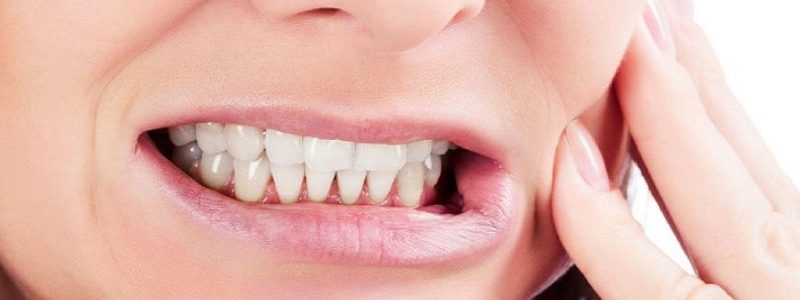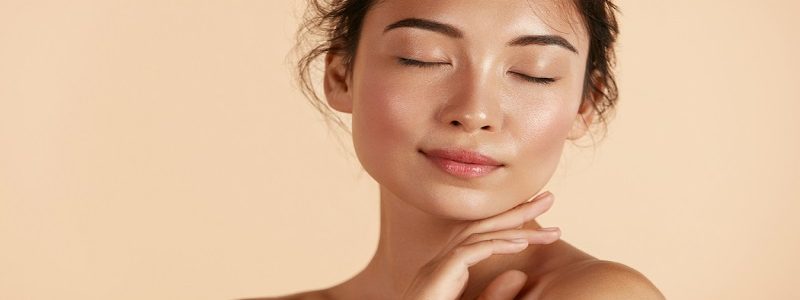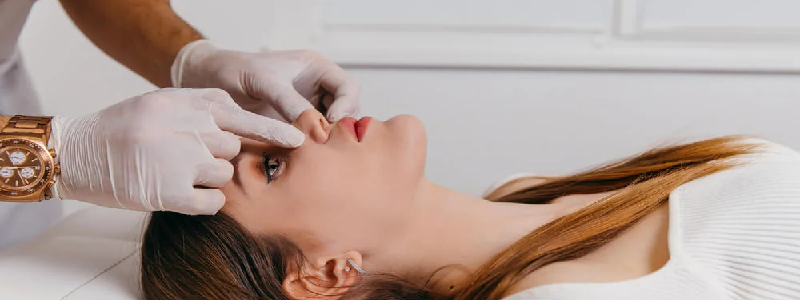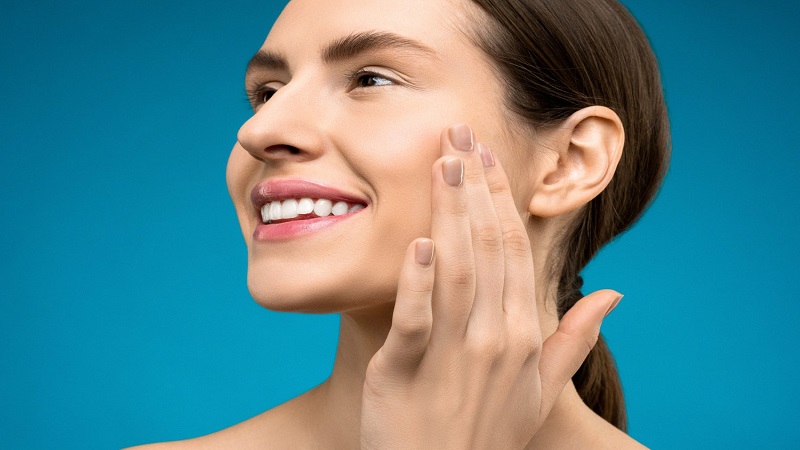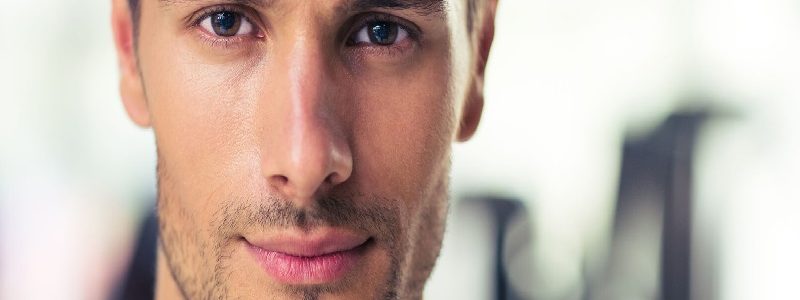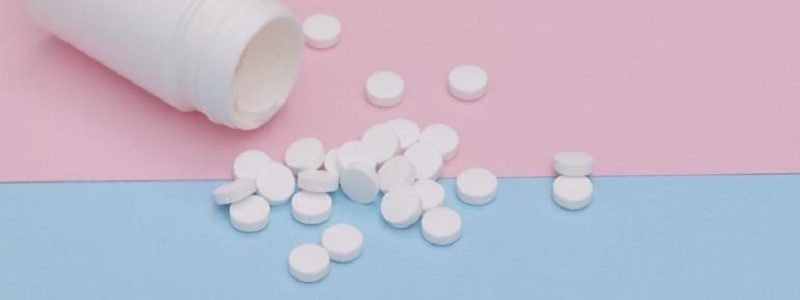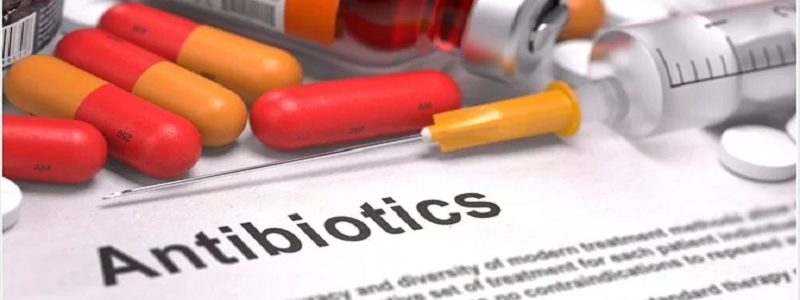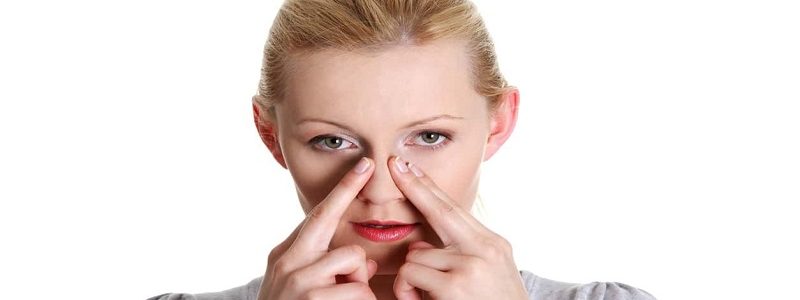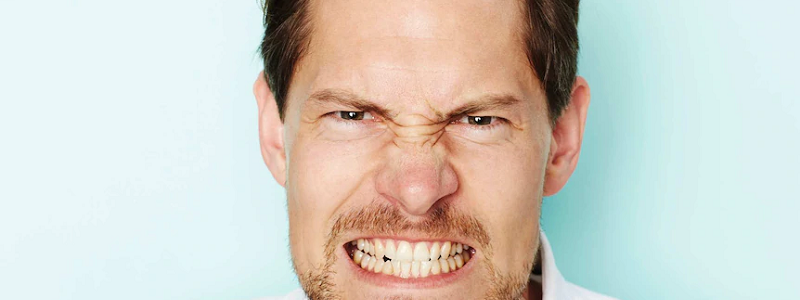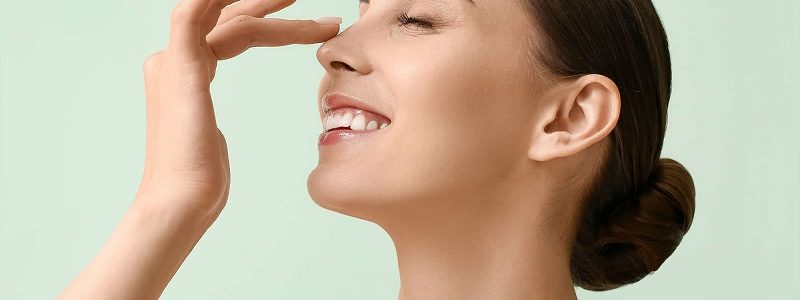Grinding teeth
Pressing teeth or grinding teeth together is known as bruxism or grinding teeth. Teeth grinding usually happens in sleep and can be caused by many reasons, including stress. It can be said that this problem is more common in children, which gradually resolves as they grow older, but in general, there is no specific age for the occurrence of teeth grinding.. In the following, we explain its causes.
readable articles Dr Behnam khorami Isfahan nose surgeon :
- The relationship between rhinoplasty and weight loss
- Rhinoplasty in winter
- Isfahan nose surgeon Dr Behnam khorami
- Necessity of orthognathic-mandibular growth correction surgery
- Jaw surgeon of Isfahan Dr Behnam khorami
- The effect of smoking on dental implants
- Asymmetric facial treatment
- Nasal surgery treatment of nasal tumor
- Best of nose surgery
- Use of ice after rhinoplasty
Causes of teeth grinding
As mentioned in the previous articles, teeth grinding can have various reasons.. According to research, some of the causes of teeth grinding are as follows:
- Environmental and stressful factors
- The body's reaction to teeth misalignment
- Having a rare disease of facial nerve and muscle
- Due to the side effects of taking antidepressants
- Breathing problems
- Parkinson's disease
At what age is teeth grinding more common?
Teeth grinding or bruxism is not related to a specific age, but can be seen at all ages, both in children and adults.. But among children usually up to age 10 Age is removed. In adults too, this complication is more common in ages 20 until the 40 It is observed in old age and with increasing age, the probability of its occurrence decreases. According to research, this complication is more common in the elderly 3 It appears after age and during the growth of milk teeth.
Symptoms of teeth grinding
If you have the following signs and symptoms, you are probably suffering from tooth decay and it is better to go to the dental office as soon as possible and consult with the dentist about this..
- Headache
- Gum swelling
- Jaws that "lock" in the open or closed position
- jaw contraction
- bleeding gums
- Lower jaw swelling
- Loose teeth
- Lip filling of healthy teeth
- Emptying of filled teeth
- Severe pains in the jaw and face
- Extreme sensitivity of teeth to heat and cold
- Hearing the sound of teeth grinding at night by people around
How to diagnose teeth grinding by a doctor
If you have any of the symptoms mentioned before, you can see a doctor. To confirm your diagnosis, your doctor will ask you questions about the general health of your teeth, daily stress, medications you are taking, or your sleeping habits, and any grinding noises..
After that, he carefully examines your jaw muscles and their stiffness, your damaged and broken teeth, the way the teeth are placed together, and the injuries to the gums.. Your dentist may, if necessary, recommend radiological imaging of the teeth and jaws for better diagnosis.. After that, according to the symptoms and the cause of teeth grinding, he will suggest a suitable treatment for you or your child..
Prevention and treatment of teeth grinding
Grinding teeth can be treated in different ways according to its causes:
stress control
Some people can control and manage their stress, but others need a counselor or a good psychotherapist to help and provide appropriate stress management solutions.. If you suffer from teeth grinding due to stress, with the help of a counselor or good psychotherapy, you can control your stress and relax.. In addition, reducing the consumption of stimulants such as tobacco and caffeine can have an effect on reducing your stress or stiffness of the jaw joint.. He may also prescribe sedatives or muscle relaxants for a while.
Keep in mind proper and regular exercises such as yoga and meditation, taking a bath before going to bed can help control your stress.. To relax your jaw muscles, you can use a warm compress and facial muscle massage. In this way, the stress and pain of your face area will be reduced.

Fix dental problems
If the problem of grinding teeth is due to dental or jaw disorders, the dentist can fix this problem by correcting the form and proper placement of the teeth together or treating jaw disorders..
Use of dental protection or night guard
Your dentist may provide you with a night guard. This guard prevents excessive wear of the teeth against each other during sleep and headaches afterwards. Your night guard is made by molding to fit your teeth.
Complications of teeth grinding
As a result of grinding teeth, you may suffer from one of the following problems:
- Damage to the teeth
- tooth fracture
- Loss of tooth enamel
- Loss of protective covering of tooth dentin
- Tooth sensitivity
- Temporomandibular joint disorder (TMJ)
- Having severe headaches
- Pain in the face with unknown cause
- Rhythmic contraction of jaw muscles
- Swelling in the lower jaw
